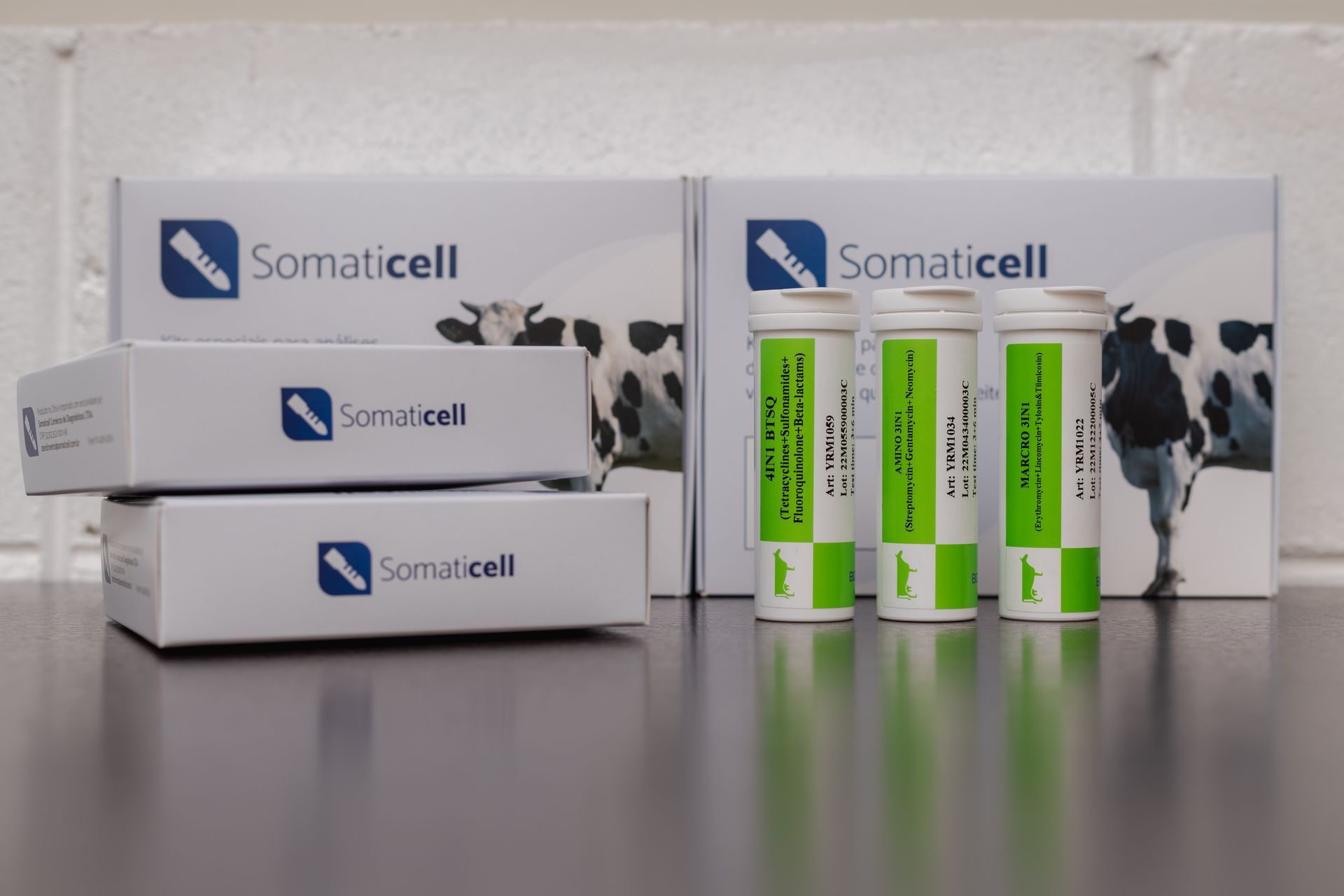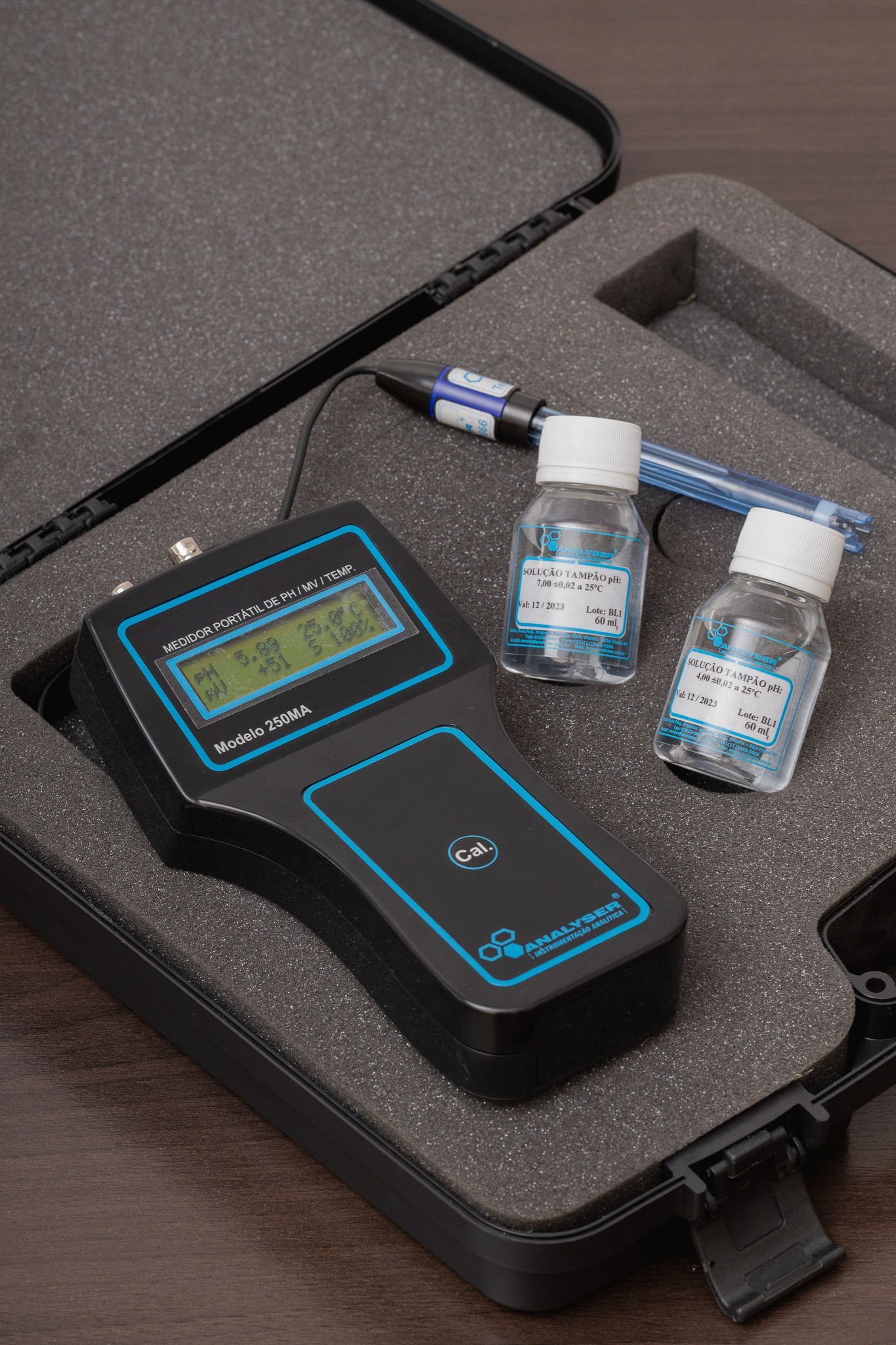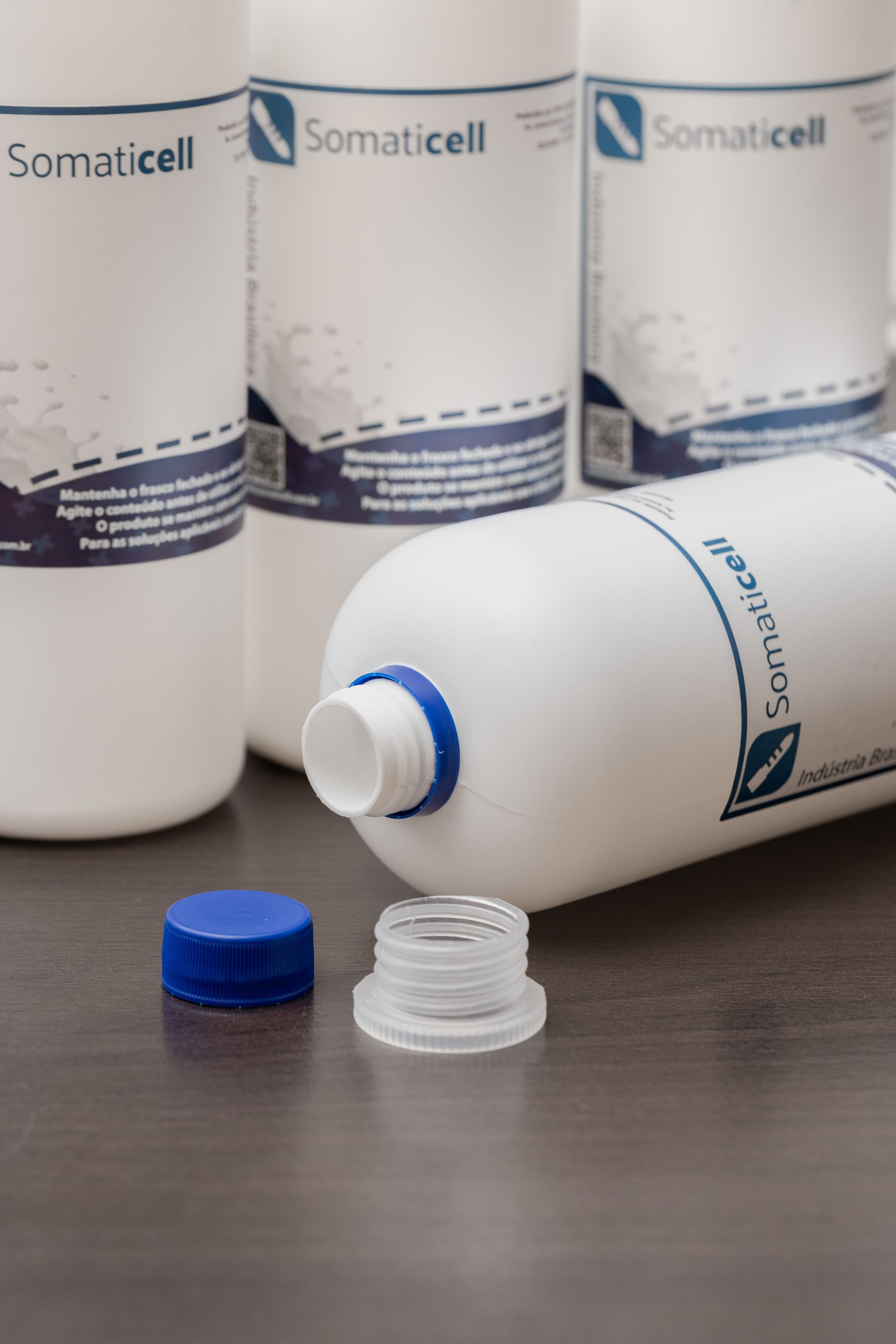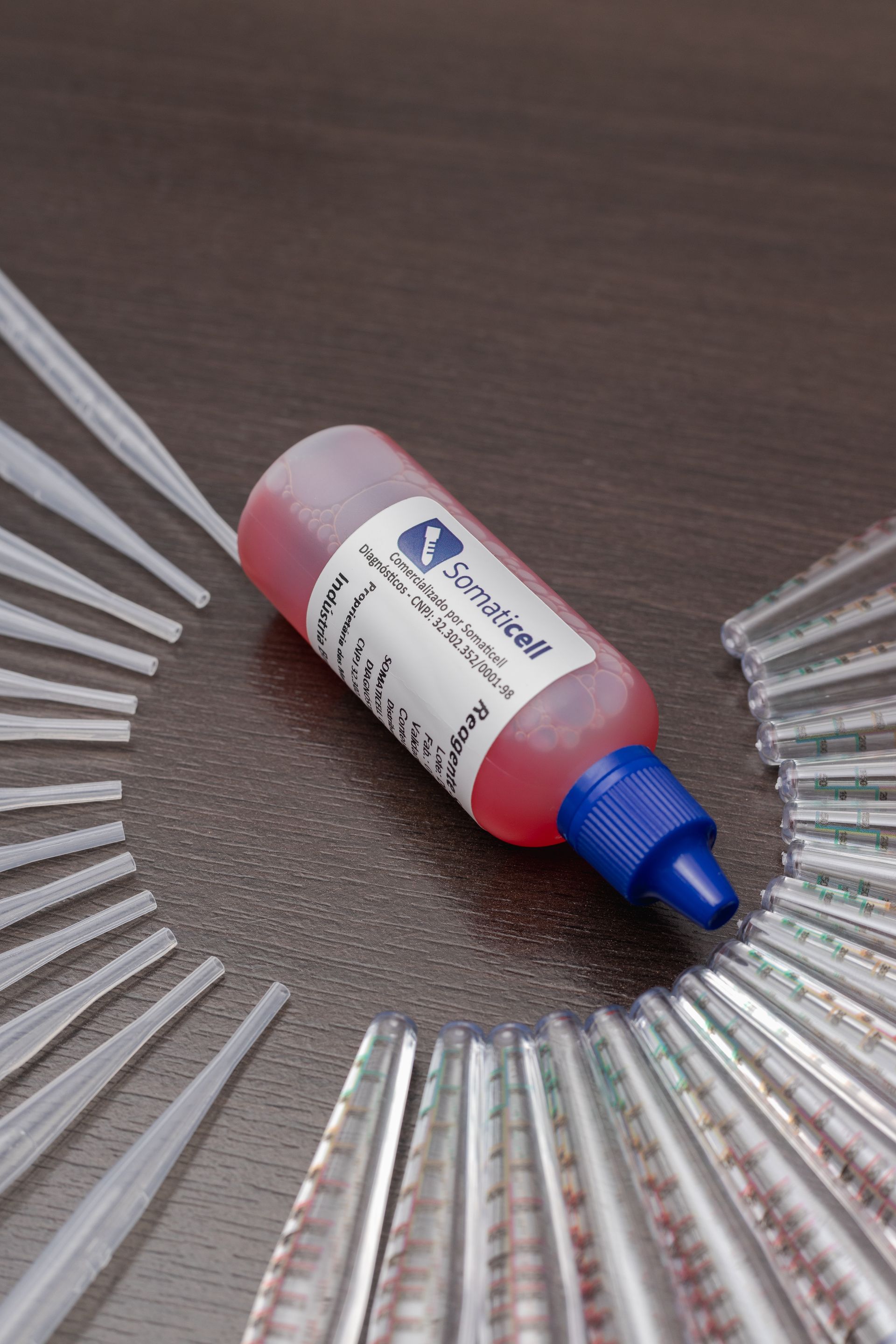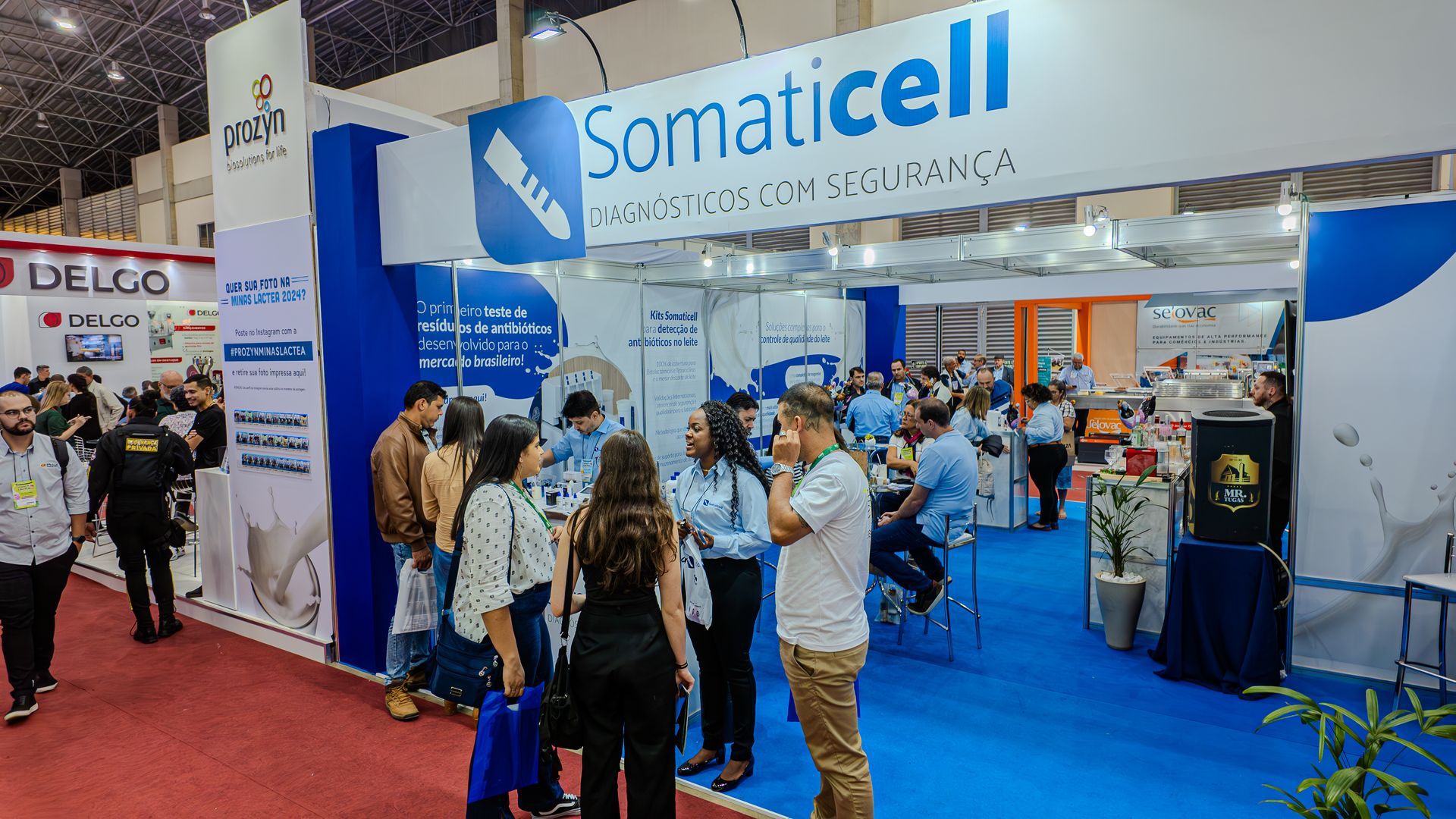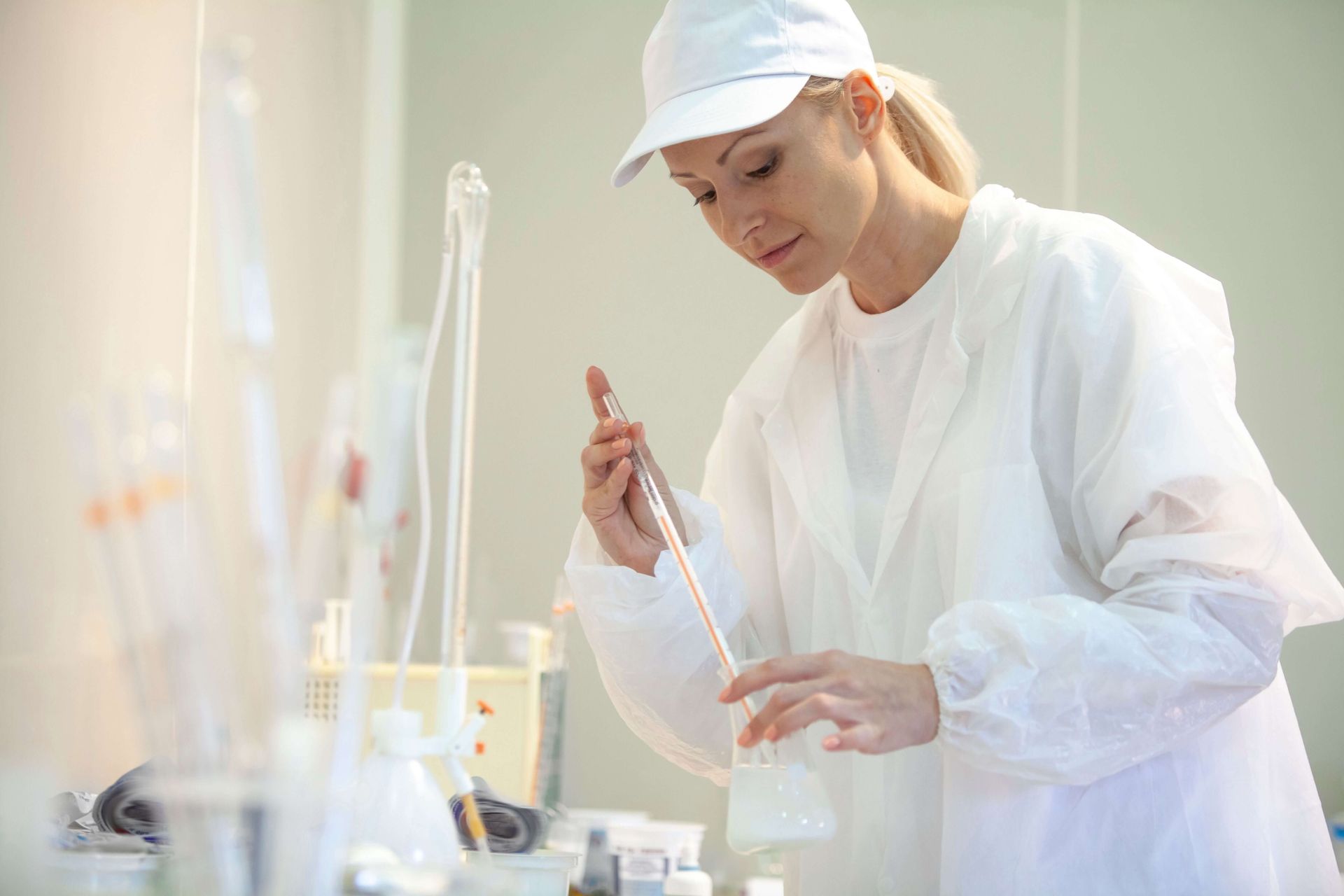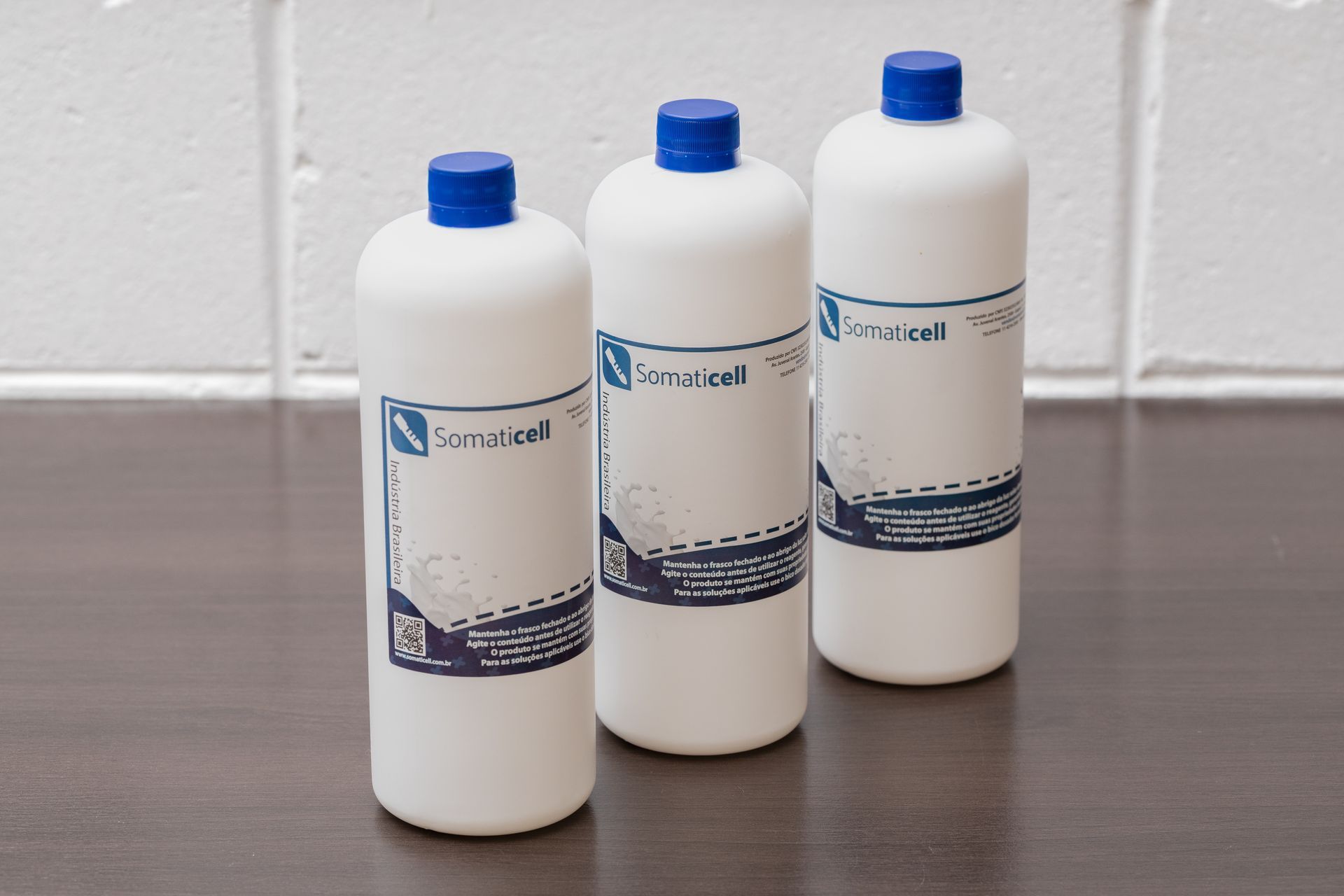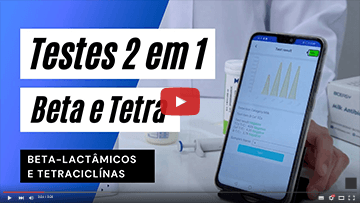Treatment of clinical mastitis: increase the chances of cure
How to improve the chances of cure in cases of clinical mastitis
O problema da mastite em bovinos leiteiros pode tomar diferentes dimensões, e o tratamento pode variar entre o uso de antibióticos até abordagens sem antibióticos. O primeiro método é o curativo, que é comumente mais praticado, contudo, há um bom número de fazendeiros que adota a abordagem da cura sem o uso de antibióticos.
Mastitis remains one of the biggest cost-increases dairy farmers face on a daily basis. This is not only frustrating, but has caused many farmers to give up dairy farming.
Many scientists are struggling daily to develop effective treatments for mastitis in order to keep herds healthy. In this article, we will introduce some of the proven techniques for treating cow mastitis, which improve the chance of cure. Good reading!
Mastitis treatment using antibiotics
The use of antibiotics as a treatment for mastitis has long been the subject of debate. Over the years, pressure has been building on the dairy industry to reduce the use of antimicrobials. This is a step in the right direction, but the truth is that antibiotics remain the most reliable treatment for clinical mastitis to date.
A mastite se manifesta de formas diferentes nas vacas, e desta forma, recomenda-se o diagnóstico bacteriológico para cada vaca. Isso ajuda na decisão de tratamento correta. Além disso, existem diretrizes de tratamento que orientam os procedimentos veterinários, garantindo assim que siga-se o procedimento certo. Aqui estão algumas das medidas consideradas confiáveis.
Intramammary antibiotics
This is the first line of treatment for cows with mastitis in a single quarter. Intramammary infusion of an antibiotic into the mammary gland is the most effective method to use to treat the bacterial infection.
Systemic antibiotic
This should be used when more than a quarter of the udder is affected, i.e. especially when changes are noticeable or when the udder is obviously diseased. Its use is not recommended for mild or moderate clinical cases.
Guidelines for treating mastitis with antibiotics
Treine os fazendeiros e trabalhadores para detectar a mastite em vacas leiteiras. Isso é feito através da coleta de amostras de leite e análises específicas, como a CCS e a cultura bacteriológica (presença de bactérias gram negativas, gram positivas ou sem crescimento). Isso ajuda a resolver a primeira diretriz para indicação dos antibióticos ou terapia corretos.
Treatment should occur after reviewing the animal's history, which helps in determining the chances of therapeutic success. From the third lactation onwards, cows are more likely to have a history of clinical mastitis.
The treatment of these animals should be based on the results of bacterial cultures. In some cases, slaughter, drying, isolation as well as extended therapy can be used as a treatment for mastitis.
Long-term therapy as a treatment for mastitis should be reversed in cases that improve performance. This treatment is effective in the first infections, in addition, it may not treat repeated cases of clinical mastitis.
Antibiotic treatment for mastitis should only be used in animals with pathogens likely to resist other treatment techniques.
Antibiotic treatment for mild E. coli mastitis is only advised if chronic strains are found. Otherwise, therapy without antibiotics should be preferred. Therefore, monitor the treatment results. This includes the recurrence and reduction rate (PEC).
Antibiotic-free mastitis treatments
There are different curative measures used by the veterinarian to treat mastitis. However, we will focus on the measures used to treat clinical and chronic mastitis. These curative methods are alternatives to antibiotics.
Clinical mastitis therapy
This treatment is required for ethical and animal welfare reasons. This treatment is the welfare of the sick cow. It acts as a support system for the body's defenses, reducing or eliminating pathogenic bacteria. It mainly values the good state of all the body's defenses and the immune system.
Treatment of mastitis through localization therapy
Treatment of mastitis should be based on bacteriological diagnosis and follow national and international guidelines. In addition, treatment should also start based on somatic cell monitoring (SCC) data from the herd and personal experience of the dairy farmer.
Sample microbiological culture
It is required that a culture be taken and processed in the on-farm laboratory or shipped to an off-farm facility. Sampling should be done regularly with a keen interest in establishing the risk and extent of mastitis infection. Microbiological culture is recommended before treating any cow.
Use an on-farm culture system or send it to your veterinarian. If you do not have access to microbiological culture to treat all animals affected by mastitis, you will not have the expected success in applying the treatment and you will have to find the most successful therapy before trying to treat it again.
Milking
Treating mastitis requires getting the most milk out of cows with as many milkings as possible. That is, you need to increase milking sessions.
If you have calves, you can let them nurse even more. Milk cannot be sold at this stage, so there is no loss in letting the calf nurse. Milk is safe for calves below 750 thousand somatic cells per ml.
Immune booster
Boosting the cow's immune system may not necessarily cure mastitis. However, it is essential to help the animal fight the pathogen and prevent further attacks. An animal whose body has enough vitamins, minerals and probiotics has a better chance of fighting mastitis in a shorter time.
Homeopathy
Homeopathy is a system of alternative medicine that dates back to 1796, and was developed by Samuel Hahnemann. The basis of the system is the "like cures like" principle, which proposes that each remedy causes symptoms similar to those of the disease for which it is ordinarily prescribed. This same concept can be applied to animals.
Preventive homeopathic treatment does not focus on a single animal, but on the entire herd. Typically, fragments of pathogenic cells are administered to boost immunity.
The veterinarian conducts research on the bacteria that cause mastitis in dairy cows and has established the right dose for the specific herd.
The dose is then administered to the herd according to scientific recommendations. Specific homeopathic treatment is recommended for symptoms such as edema, irregular milk, among others.
Massage
This is best practiced by farmers who milk their animals by hand. When using milking machines, you will need more advanced technology to determine when the massage needs to start.
Hot compress
The secret behind fighting mastitis in cattle is making sure you eradicate the hardness in the teats. Warm compress which involves putting heat on the affected areas encourages the milk to flow, making milking easier and decreasing inflammation.
Other effective cow mastitis treatment techniques
Acupuncture
Acupuncture involves inserting very fine needles through the skin at strategic points. It is used in the treatment of mastitis to reduce pain. It was found to be very effective, but it takes a long time to make it less popular. There are also few specialists in this therapy and getting one can be challenging.
Natural Method
This is a quick treatment that involves letting the calf suckle from an infected cow vigorously. The calf is told to concentrate on the infected quarters. While this method is effective, calves can act as a vector for mastitis bacteria in the herd or even infect other healthy animals.
Antibodies.
Intramuscular injections are used to administer the antibodies. Mastitis bacteria is released in less than 12 hours. This prevents milk loss in affected dairy cows.
Mastitis can manifest itself in different ways in cows, and they can react differently to the same type of treatment. Thus, it is not possible to point out an ideal treatment when it comes to mastitis.
To date, antibiotics remain the mainstay of numerous treatment regimens. It is possible to use them in different ways to ensure that the farmer does not incur losses.
On the other hand, the use of extended therapy products and treatment for the entire duration will help to ensure a complete bacteriological cure, increase animal performance throughout life, increase the efficiency of the antibiotics in use and decrease the chance of relapse.
With extended therapy mastitis protocols, there is additional milk disposal; however, the positive tradeoffs include an increased cure rate, less chance of contamination, lower CCS and higher production.
We hope that the different mastitis treatment techniques outlined here will shed some light on the search for a lasting solution. Remember to consult your veterinarian for guidance on whether to use mastitis treatment antibiotics or treat mastitis without antibiotics.
Want to know how to further improve mastitis control and treatment procedures? We at Somaticell can help you!
Com nossas soluções de diagnóstico de mastite no campo, sua cadeia produtiva de leite nunca mais será a mesma.
Para saber mais informações sobre nossos serviços, entre em
Contact com a gente e fale com um de nossos especialistas!

Conheça nosso App

Our Educational Videos
Somaticell on Social Networks



